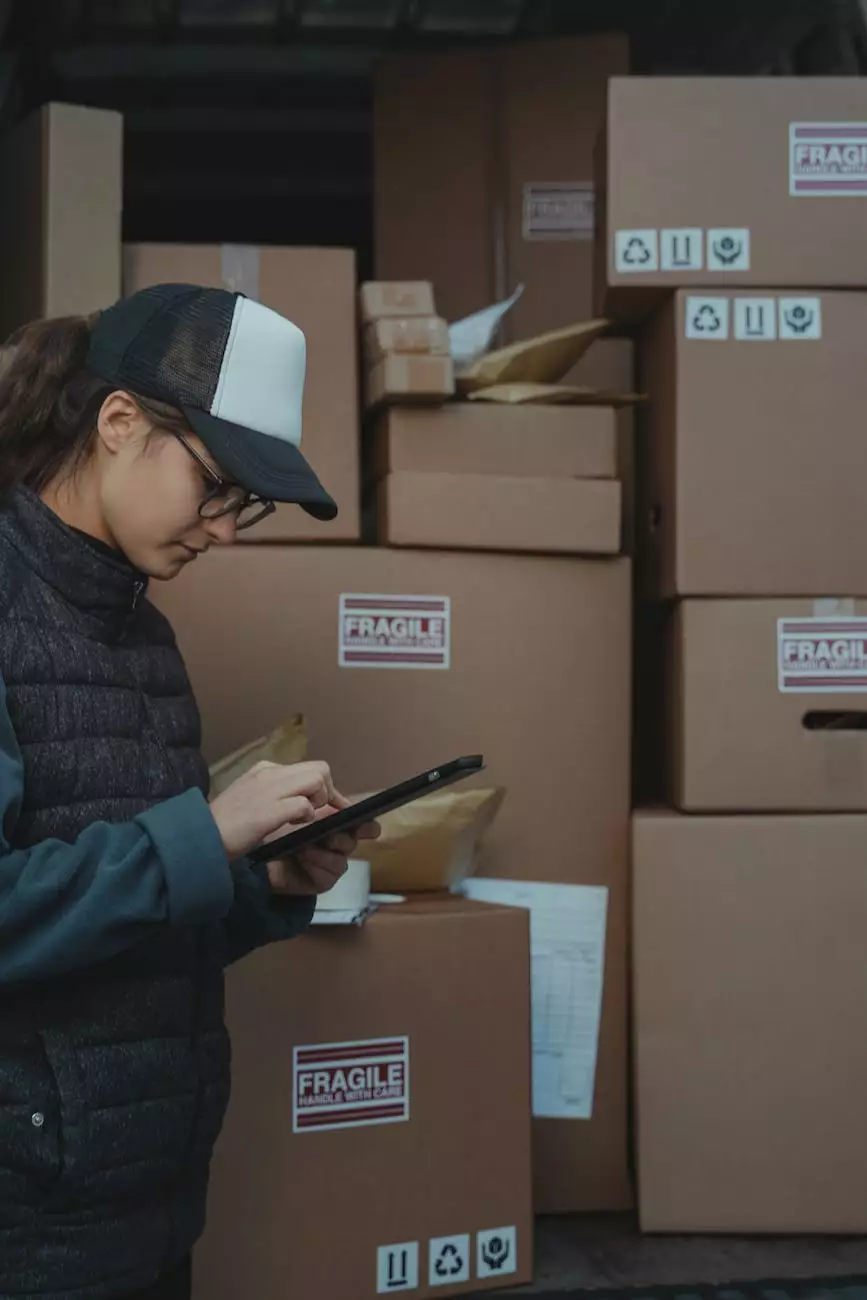Finding Inventory Equilibrium with Pre-orders and Back Orders
Order Management
Introduction
In the dynamic world of business, maintaining inventory equilibrium is crucial for success. Without proper inventory management strategies, businesses risk losing sales opportunities or accumulating excess stock. In this article, we will explore the significance of pre-orders and back orders in finding inventory equilibrium.
Understanding Pre-orders
Pre-orders refer to the practice of allowing customers to reserve and purchase a product before its official release or availability. This strategy has gained popularity due to its various benefits for both businesses and customers.
Firstly, pre-orders enable businesses to gauge customer demand accurately. By analyzing pre-order numbers, businesses can determine the level of interest and adjust their production or inventory plans accordingly. This helps prevent excessive or insufficient stock levels, optimizing the use of resources and reducing costs.
Secondly, pre-orders create a dedicated customer base. Customers who pre-order a product often develop a sense of loyalty and excitement towards the brand. By offering exclusive perks or incentives, businesses can enhance customer satisfaction and build long-term relationships.
Lastly, pre-orders provide businesses with crucial cash flow in advance. This upfront revenue can be utilized for production, marketing, or improving other areas of the business, ensuring smooth operations.
Utilizing Back Orders
Back orders are an effective tool for managing inventory when a product is out of stock. When a customer places a back order, it means they are willing to wait for the item to become available. This strategy can be beneficial for both businesses and customers.
For businesses, back orders help maintain customer satisfaction by fulfilling orders even when stock is temporarily unavailable. This prevents losing potential sales and retains customer loyalty. Additionally, back orders can provide valuable insights into customer demand patterns, aiding businesses in adjusting inventory levels to meet future needs.
Customers also benefit from back orders as it allows them to secure a product, even during periods of high demand. By placing a back order, customers avoid missing out on popular items and can receive them as soon as they become available again.
Striking the Inventory Equilibrium
When it comes to inventory management, finding the right equilibrium involves balancing pre-orders and back orders effectively. By harnessing the power of these strategies, businesses can optimize their inventory levels, avoid stockouts and overstocking situations, and meet customer expectations consistently.
It's crucial for businesses to analyze sales data, market trends, and customer feedback to determine the optimal balance between pre-orders and back orders. This data-driven approach ensures accurate forecasting and minimizes unnecessary risks.
Furthermore, integrating robust inventory management systems and software can streamline the pre-order and back order processes. These tools enable businesses to automate tasks, track inventory levels in real-time, and efficiently manage customer orders, resulting in improved efficiency and customer satisfaction.
Conclusion
In conclusion, pre-orders and back orders are valuable techniques for businesses seeking inventory equilibrium. By leveraging pre-orders, businesses can predict demand, foster customer loyalty, and generate upfront revenue. Meanwhile, back orders provide a solution for temporarily out-of-stock items, ensuring customer satisfaction and generating insights for future inventory management.
At St Joe SEO, we specialize in providing top-notch SEO services to businesses in the business and consumer services industry. With our expertise, your business can enhance online visibility and outrank competitors. Contact us today to boost your search engine rankings and grow your business!




